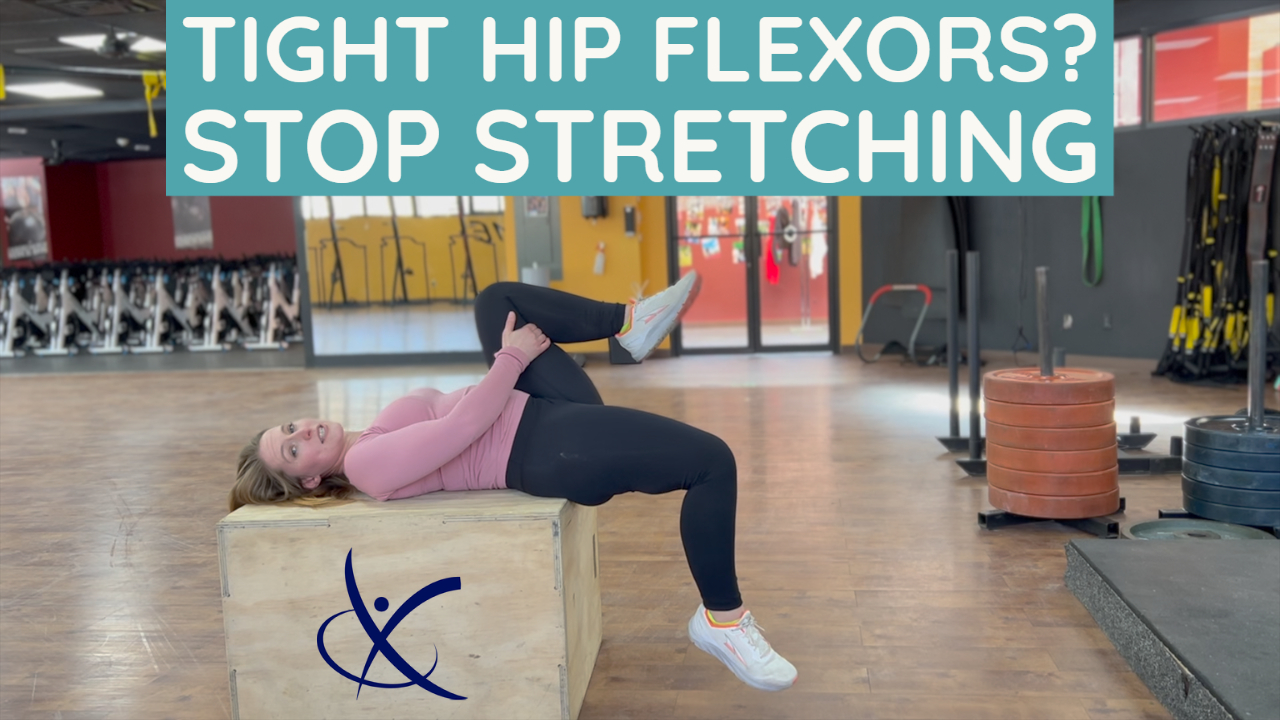
Is Good Posture a Myth?
February 21, 2022
Hip Flexor Tightness: Adding Strength to Your Routine
March 6, 2022Two Pieces of Advice to Prevent Running Related Injuries
I don’t have a more creative way to say this, so I’ll be blunt. There are some straightforward things you can do to minimize your risk of injury while training. Two of our top suggestions are:
- Identifying and managing sources of stress
- Maximizing your sleep quality
Whenever I’m discussing an injury with a runner, too often there is perceived importance placed on running shoes, foam rolling, stretching routines, lucky t-shirts, etc. I’m here to tell you that those things are at the bottom of the list when we’re problem-solving the crisis. Why? Because I’m a genius. Just kidding. That’s one of Steve Buscemi’s badass lines in ‘Armageddon.’ The real reason is that there are far more practical areas to focus on that have a significant impact on your body’s health when it comes to training.
Fitness is your ability to repeat efforts.
If you cannot recover, you cannot continue to perform well. That’s the bottom line. Your performance is only as good as your ability to train, rest, rinse, and repeat. Therefore we like to ditch the mislabeled overuse injury for a more appropriately-termed “under recovery” issue. Regardless of the reason, injuries happen when demand on the body exceeds the capacity of the body. So if you’re not maximizing your recovery between training sessions, you’re setting yourself up for failure.
There is this concept of the “Hierarchy of needs for runners.” It’s a checklist that we go through to identify where some of the biggest risks may be for a runner. The first two items to discuss are:
- Overall life stress
- Adequate Sleep
Stress is a killer for runners. It’s like kryptonite. Quite simply, if you’re system is stressed, then you can’t perform at your highest. I won’t go into the specifics regarding what happens to your body when the system is under excessive and prolonged stress (Hint: nothing good). Instead, let’s have an honest conversation around the different yet common sources of stress in someone’s life.
- – Schedule
- – Family life
- – Finances
- – Work demands
- – Etc.
An accountant during tax season? A work project not going so well? Team-member quit? Changing jobs? Spousal relationship? Family member sick? Children’s schedules? Any of these ring a bell? We all experience stress. We just don’t normally think of it affecting our ability to perform or train. But these types of stress can have a profound impact on your system and your ability to be resilient and perform. Now I’m not saying those are easily changed, but it’s a worthwhile idea to identify them and not sweep them under the rug. Sometimes just talking it out with someone close to you helps. Or coming up with a plan of attack can be the first step. Regardless, overall life stress is a significant factor in the training game and we want you to be cognizant of that.
The next piece of advice is to ensure adequate sleep. If you can’t sleep, you can’t really recover to your potential. Remember, fitness is your ability to repeat efforts. And the rest between efforts is paramount. So let’s talk “Z’s.” It’s not just about being in bed; it’s about maximizing your time spent there. Quality is important. There will be individuals who can function on “less” sleep than others. But everyone needs sufficient sleep hours and that number increases the more you train, or the more your training stress increases. This is an often forgotten adjustment for many individuals. If your mileage is adding up, or your intensity increases, you need to account for that and adjust your sleep accordingly. We can discuss X amount of hours, and not using screens before bed but ultimately, there’s a good chance your body just needs more. Try to get in an extra 30-60 minutes a night for the weeks and see how you feel in general. We promise we’ve never had someone regret having a bit more sleep.
We hope this helps a bit. It’s a fairly straightforward concept: Prioritize your recovery. The rest will fall into place and you may find we don’t even need to address the other areas in the hierarchy yet. It’s not about the shoes (yet) or the foam rollers or TENS units. It’s about giving your body a chance to recover for the demands you expect it to meet. Remember that when demand exceeds capacity, your risk of injury goes up and performance declines. We want you to see this through the same lens we use when you walk through our clinic doors and get you back to what you love.
Happy Training!





